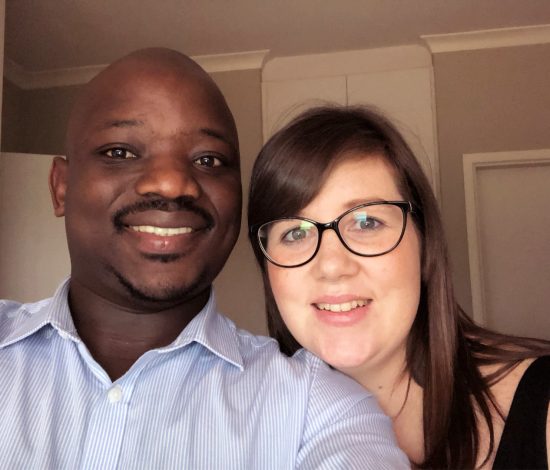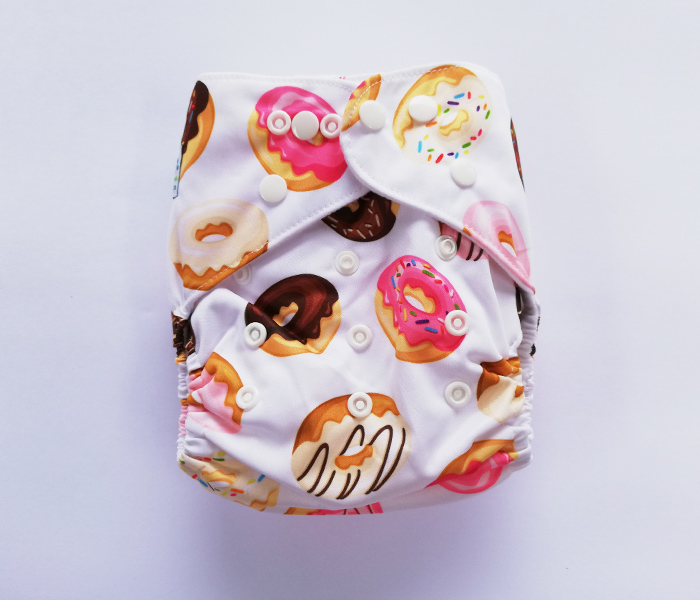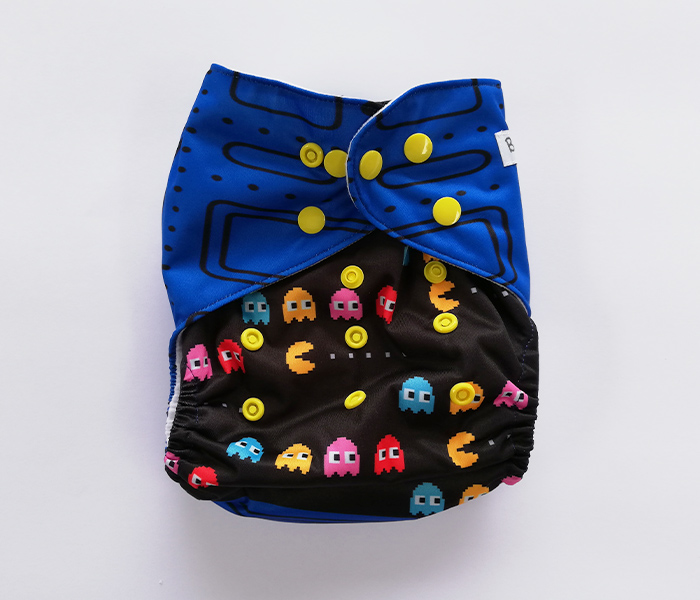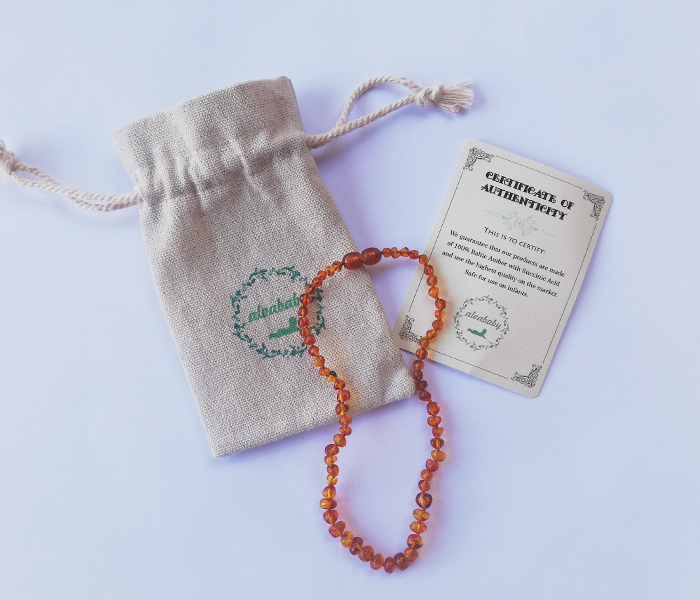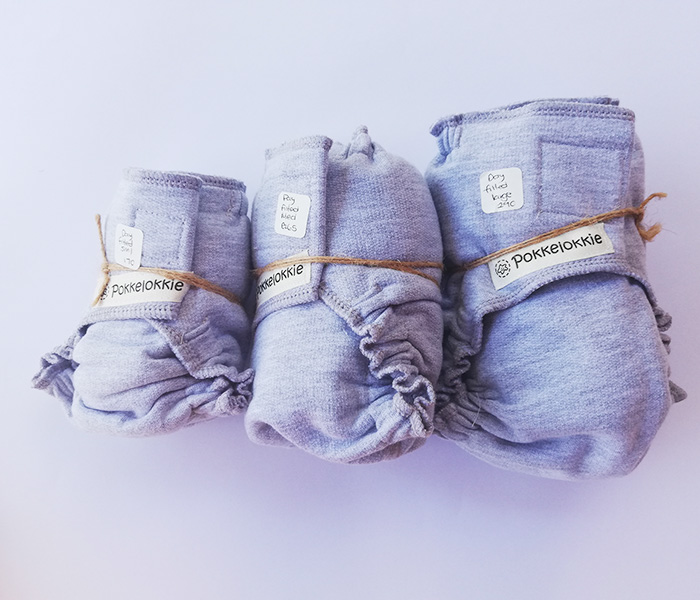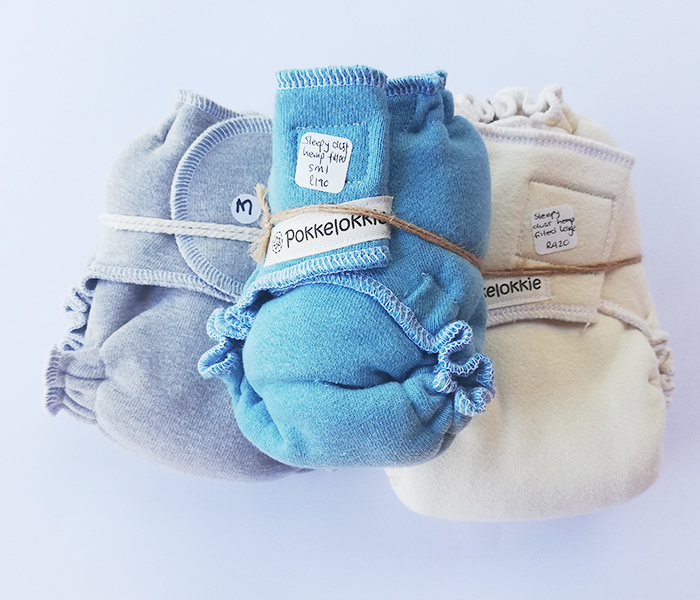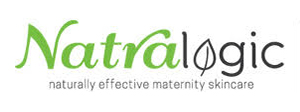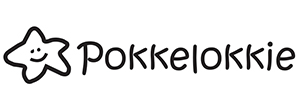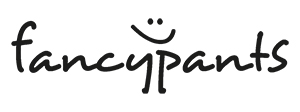Types of materials:
Microfiber: A type of fabric (synthetic fibre) mostly used in inserts, usually for pocket nappies. This material wicks moisture away quickly but is not very absorbent and will not hold moisture for long. It does dry very quickly.
Microsuede: A synthetic fabric that has a stay dry feel. It is generally used in pocket nappy linings or on booster inserts.
Bamboo: A natural material used with modern cloth nappies. It is quite absorbent and doesn’t take too long to dry in relation to hemp.
Cotton fleece: A natural material used with modern cloth nappies. It is as absorbent as hemp but is a little bulkier when using in a flat fold.
Hemp: A natural material used with modern cloth nappies. It is the most absorbent of all. However, as it is the most absorbent, it generally takes longer to dry than the other materials.
PUL: Polyurethane Laminate – an outer waterproof fabric used in modern cloth nappies.
Fleece: Water repellent fabric used in making covers. These are generally preferred for night time use as they are soft on baby’s legs and more breathable than PUL.
Reference: SACNU
Types of nappies:
Flats and covers:
This requires one to fold the flats to put onto baby and then secure with a snappi. It requires a cover as well. This option tends to be the most cost effective and the parts can dry very quickly. However, this option is sometimes not convenient for dads or crèches.
Fitted and prefolds:
Fitteds and prefolds require no folding and are made completely from absorbent material. They do require a cover. These are nice options for newborns or night time use.
Pocket nappies:
This nappy comes with a PUL (waterproof) outer with a stay dry, microsuede inner with a “gap/pocket” at the back of the nappy. Inserts are stuffed into this gap. Inserts are stacked from least absorbent closest to baby to most absorbent as your bottom layer. This ensures that moisture is wicked away quickly from baby by the top layers and then held onto by the bottom layers. This option tends to be a favourite with parents as its quite convenient, the parts can separate making them easier to dry and they are not too expensive.
All in ones/all in twos:
This nappy is very similar to the pocket, however, the inserts are already attached to the nappy and no stuffing is needed. You simply put on baby and go. This is a very nice and convenient option, however drying times can take longer as the parts cannot be separated.
Snap in ones (SIO):
These are quite similar to all in ones except the inserts snap into the nappy making them very easy to get ready and easy to separate for drying purposes.
How to wash cloth nappies
1. Store your nappies in an open, dry bucket (no steri nappy) until wash day.
2. If you have a poop nappy, dispose into the toilet (if on solids) and rinse, if necessary, before storing in the dry bucket. You can use fleece or disposable liners to catch most of the poop and a bidet spray or toilet bowl can be used to rinse anything extra off.
3. On wash day, pre rinse the nappies.
4. Then wash nappies on longest, cotton/fuzzy cycle with a dose of your normal detergent for heavily soiled loads. Do not use any softener in your wash as this will ruin the absorbency of your materials. Make sure the machine is ¾ full to ensure enough agitation in cleaning the nappies. If it’s not full enough add a towel or two.
5. Only if nappies still seem soapy at the end of the wash, do one more rinse cycle.
6. Hang in the sun to dry or tumble dry on low. If you have any stains, the sun is your best whitener. You can also rub a little bit of sunlight bar soap on the area to get rid of stains.
Reference: SACNU
When and how to strip nappies
Strip only in the following circumstances:
1. Nappies smell when they come out of the wash or as soon as they are peed in. This indicates an ammonia build up and that they are not getting cleaned properly. Clean nappies should smell like nothing. You should strip your nappies and then ensure that you correct your wash routine going forward.
2. Pre-loved nappies should be stripped just to ensure that they are clean and ready to use on your baby.
3. Baby has a yeast rash. Cloth nappies will need to be treated to ensure no reinfection.
4. Nappies that are leaking. However, you should first ensure that your fit is correct on baby, you have enough absorbency in your nappy and that you change frequently enough. If these are all fine, it then could indicate a build up issue and the nappies need to be stripped and your wash routine adjusted going forward.
Reference: SACNU


